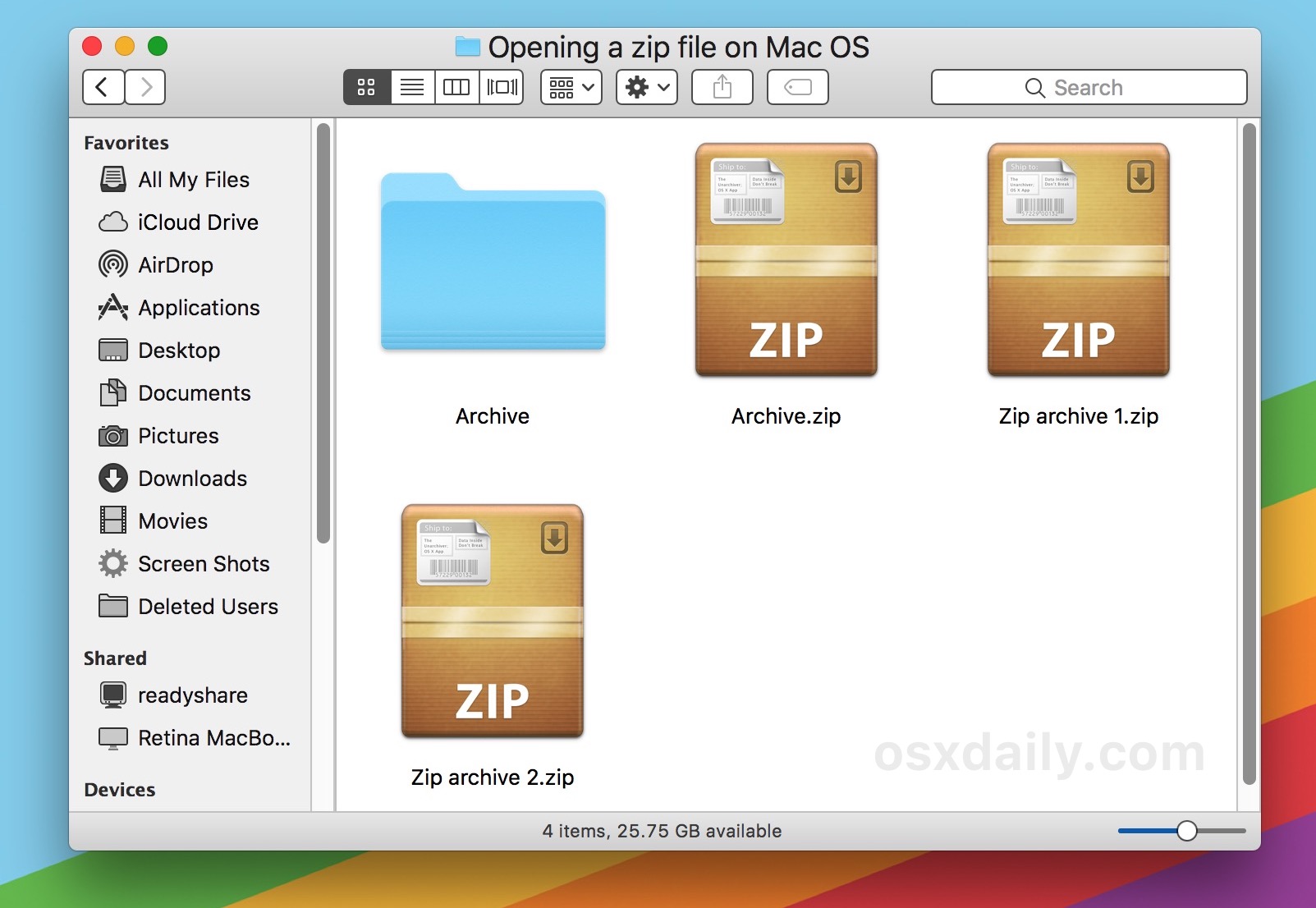You probably know how to create password protected zip files on Windows (and if you don't you should check out our guide), but did you know you can create password-protected zip files on Mac too? Although Apple's Mac computers have a reputation for being less vulnerable to hacks and data breaches compared to Windows PCs (which isn't strictly speaking true), it's never a bad idea to add some extra protection to your more sensitive files. If there's something you don't want anyone else to see, like racy pictures or private business documents than putting them in an archive and locking it with a password is always a good idea.
The goal of this article is to teach you how to do that if don't already know. So let's begin with the basics.
How to Create Password Protected Zip Folder on your Mac
- To begin you need to select the file or folder you wish to archive and right-click it. Press 'Compress' and select to zip file.
- Then you need to use Finder, scroll down to 'Utilities' and choose 'Terminal' from the folder. Alternatively, you can press command and space keys at the same time to start the Spotlights search. Enter 'Terminal' in Spotlight on your Mac computer to open it.
- Enter these commands to encrypt the chosen files:
'zip -e archive_name target_folder' and 'zip -er archive_name target_folder'. - Afterward, you'll see a pop up which will prompt you to enter a password. Do so and hit 'OK'.
- You'll be asked to verify it. Enter it again and press 'OK' and you're done with the first phase of the task.

On your Mac, do any of the following: Compress a file or folder: Control-click it or tap it using two fingers, then choose Compress from the shortcut menu. If you compress a single item, the compressed file has the name of the original item with the.zip extension. If you compress multiple items at once, the compressed file is called Archive.zip. Creating Zip Files on Mac. You will see an empty Untitled.zip file in the WinZip window. Drag your files into the WinZip window. Click Add and choose the location of your files form the drop down (from your Mac, iCloud Drive or cloud services). In the Finder drop down window, choose folders, files or both. Sep 12, 2011 Secondary click on a zip file, and select Get Info. Then find the Open With pane, select Open With Archive Utility.app, and set check box to change all so that in the future, all zip files will automatically open with the Archive utility. In case you need to find the App, it is located in system/library/Core Services/Archive utility.app. Secondary click on a zip file, and select Get Info. Then find the Open With pane, select Open With Archive Utility.app, and set check box to change all so that in the future, all zip files will automatically open with the Archive utility. In case you need to find the App, it is located in system/library/Core Services/Archive utility.app.
What else is there you may wonder? Well, you opening the zip file on a Mac is a bit trickier than on a Windows computer if you forgot your password, so I'll have to show you guys how to do that as well.
How to Open Encrypted Zip Files on my Mac
Under normal circumstances you can open a password-protected zip file on a Mac the same way you do on Windows - just double-click it and enter the password. However, if you forgot the password, things are a little more complicated. You will have to use the Terminal utility to unlock the archived file(s). Here's how:
Open Zip File Windows 7
- Launch the Terminal utility on your Mac. Search for it in Spotlight if you don't know where it is.
- Enter 'unzip -P password (Drag zip file) -d (Drag your destination folder)' in the Terminal utility.
- Then press 'Enter'. This will display the password for the selected archive.
How To Open Zip Files On My Mac
From there just proceed as normal. Double-click the zip file and enter the password.